Resolving Conflict More Effectively Through Empathy
Master conflict resolution with empathy
Refine your communication skills by learning to harness your emotional intelligence with one of the UK's most acclaimed management training courses.
Why Choose This Training?
More Than Just A Course Of Lectures
What gets in the way of developing and holding on to new communication skills are old habits of thinking and speaking. Even if the advice is very good the reason why it rarely sticks are the mental habits people inevitably revert to, especially under pressure.
Unlearning those old habits and internalising a more effective and lasting approach to communication needs more than a short course of lectures on how to do it.
What Makes This Training Stand Out?
What makes this training stand out is the exceptional support through one-to-one coaching sessions and continuous feedback. Changing behaviour is not an easy task as old habits are hard to break.
With a 40-year track record we can help you cultivate practical skills, and build your confidence to so you can successfully navigate real-world challenges, ensuring lasting behavioural improvements.
Testimonials
Join thousands of participants getting results
"What I love about this course is that I didn't just learn about the topic, this course is about ME. I'm confident I can reliably use my new skills, even when under pressure".
![]()
"A lesson for life! The power of effective communication is incredible when one masters the skills "listening with empathy" and "speaking assertively"
![]()
Clients We Have Worked With
Well-known companies who have used this course again and again, over many years
Course Summary
Training Objectives
Conflict at work or home can make everyone feel stuck. Using empathy can help resolve conflicts more effectively? This training course shows simple ways to use empathy to smooth things over.
- Empathy lets us see and feel from another's perspective, making it easier to solve disagreements. By listening well and talking kindly, we help everyone feel heard.
- Using empathy in talks helps cool down strong emotions and builds trust. This gives everyone a fair chance to share their side of the story.
- Training in how to use empathy can make workplaces nicer. Games and role - play are good ways to practice understanding others before real problems happen.
Develop Your Emotional Intelligence
You will learn a set of powerful emotional intelligence communication techniques so that you can manage difficult conversations, handle challenging situations, build relationships and set firm boundaries.
Transferable Skills
The goal of this training is to equip you with the tools you need to build strong, lasting relationships in your professional life, although because these skills are so transferable many clients report vast improvements in their personal relationships as well.
Develop Skills
This is a skills development rather than just a theoretical programme, so the emphasis throughout will be on you taking turn after turn, practising your skills, while receiving feedback and coaching about your effect on others.
Repeated Practice and Feedback
In your coaching sessions you will be helped to practise dealing with the kinds of situation you find challenging, again and again, until you are confident you can do it successfully.
Video Analysis
We'll combine practical, hands-on experience with video replay and analysis and discussion of the principles involved to help you gain both skills and understanding. Special attention is paid to your individual training needs, so you can practise your skills in real-life situations that you have to handle at work.
Sustained Change
That's why as well as your place in a small group, this training includes a generous amount of private and confidential one-to-one coaching sessions online, spread over several months, ensuring an exceptional level of support. This will ensure the changes you make are sustained over a longer period of time and any obstacles are overcome. Choose between online training available worldwide, or in-person face-to-face courses in the UK.
Course Dates and Price
For a list of upcoming course dates (for online coaching and face-to-face training), the locations of the next 3-day public courses in the UK and pricing Click here.
Free Initial Session
This initial coaching session serves as an introduction to the "Skills with People" course, allowing you to understand the course's relevance and effectiveness for your specific needs before committing to it.
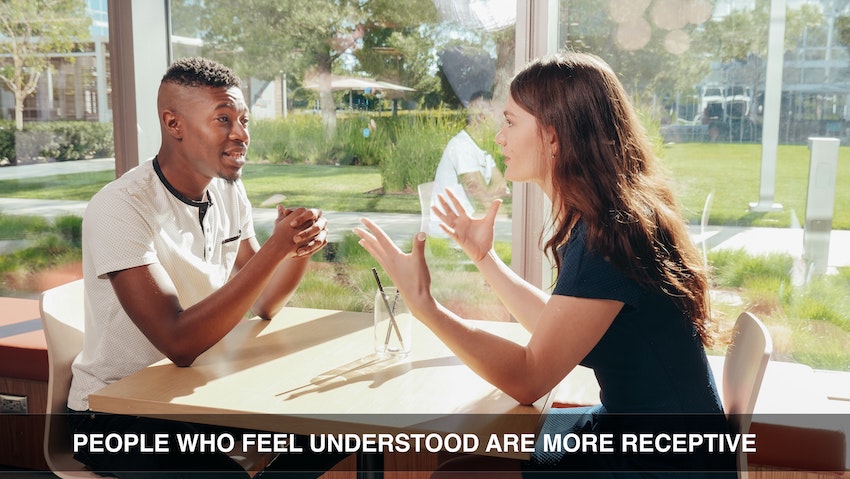
The Importance of Empathy in Conflict Resolution
Empathy can solve fights. Using it lets us show that we can see things from someone else's view and helps us talk better, making it easier to find peace.
Understanding Perspectives
Seeing things from another person's view is key in resolving conflict. It helps everyone involved to understand each other better. This step is about listening and thinking about what the other person feels and why they feel that way.
It makes solving problems easier because it shows respect and care for their feelings.
Talking openly, with kindness, can lead to finding common ground even in tough situations. Next, we move on to how empathy aids in effective communication during conflicts.
Effective Communication
Talking clearly and listening well are key in solving disagreements. They help everyone understand each other's views better. When you share your thoughts without accusing others, it opens doors for a real talk.
It makes the space safe for expressing feelings and ideas.
Listening with care shows respect and lets the other person know you value their side of the story. This way, trust grows, making it easier to find solutions that work for everyone involved.
Good communication is about being honest but kind, choosing words that heal rather than hurt.
Conflict De-escalation
Empathy plays a crucial role in calming conflicts. It involves understanding others' feelings and seeing things from their perspective. This approach helps tone down anger and frustration, making it easier for everyone involved to speak openly about the issues at hand.
By recognising emotions and validating them, parties find common ground more quickly.
Effective de-escalation strategies include active listening and communicating needs without blame. These methods encourage a constructive conversation where solutions are identified together.
As trust grows, so does mutual respect, paving the way for a positive outcome. Keeping calm and focused on resolving conflict contributes to a productive work environment where all team members feel valued.
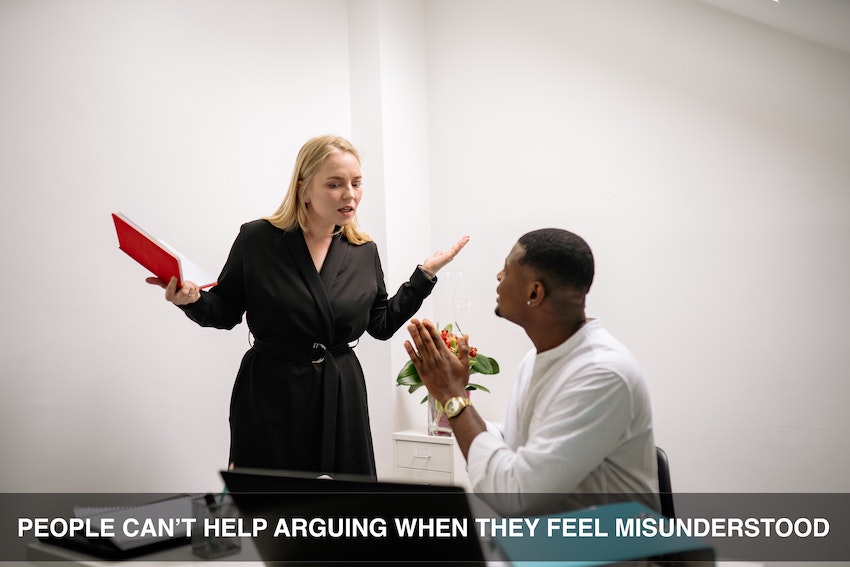
The Benefits of Using Empathy in Conflict Resolution
Using empathy when solving conflicts can change the game. It turns angry chats into calm talks, making everyone feel heard and understood.
Reducing Negative Emotions
Empathy helps cool down strong feelings during fights. It's like hitting a "pause" button on anger or frustration. By trying to understand where the other person comes from, you can replace negative vibes with calm and maybe even kindness.
This shift is crucial for solving problems without making things worse.
Keeping empathy at the core of discussions leads to fewer bad feelings. Parties involved start seeing each other not as opponents but as team members looking for a solution. This change cuts down stress and makes everyone more open to talking things out peacefully.
It turns potential battles into chances for growth and understanding, helping maintain a positive work environment.
Increasing Trust and Mutual Respect
After lessening negative feelings, it's time to build trust and show more respect. Trust is like a bridge between people in conflict. If this bridge is strong, they can meet halfway and solve problems together.
Showing empathy helps make this bridge stronger. People start to feel valued and understood. This creates a safer space for open talks.
Mutual respect grows when each person listens and tries to understand the other's views without judging. It shows that both sides matter in a conversation or a problem-solving session.
With trust and respect, solving conflicts becomes easier because everyone feels more connected and willing to find common ground.
Enhancing Communication
Empathy plays a big role in making talks between people better. It helps everyone feel heard and understood. This makes solving problems easier. People can then share what they really think without fear.
This open talk builds trust.
Using clear words, body language, and really listening changes how we solve disagreements. It stops small issues from becoming big fights. Plus, it makes the workplace nicer for everyone since employees get along better.
Fostering Creative Solutions
Using empathy in conflict resolution helps people come up with new ideas. By understanding each other's feelings and views, everyone can think of solutions that weren't obvious before.
It's like unlocking a door to fresh options that work for all involved. People feel heard and respected, making it easier to find common ground and solve problems together.
Creative problem-solving shines when empathy is at play. Teams become stronger as they learn how to handle conflict without causing harm. This boosts trust and respect in the workplace.
Shared efforts lead to outcomes that benefit everyone, showing just how powerful empathy can be in turning disputes into opportunities for growth.
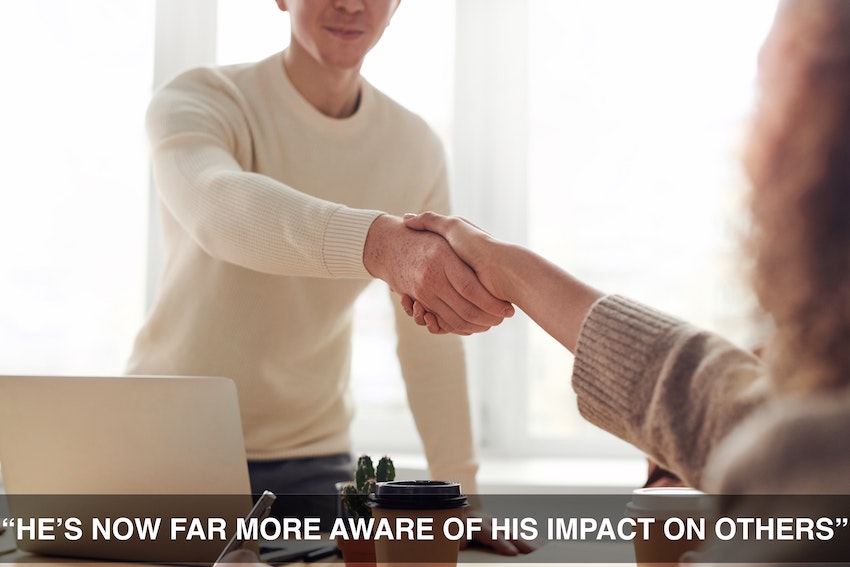
Key Strategies for Using Emotional Intelligence in Conflict Resolution
In solving fights, using your emotional smarts can really turn things around. It’s all about tuning in closely and speaking clearly to get everyone on the same page.
Active Listening With Empathy
Active listening with empathy means you really try to understand how the other person feels. You listen more than you talk. You don't just wait for your turn to speak. Instead, you focus on their words, tone, and body language.
This skill helps resolve workplace conflicts by making sure everyone feels heard.
Show that you care about what they are saying. Empathy is more than just nodding your head and making small sounds like "mm-hm" to show you're following along. It involves reflecting back what the other person is saying. Skills like paraphrasing and summarising can be helpful. It also involves demonstrating that you get what they are feeling, i.e. “You must be frustrated about that …”, or “I bet it worries you …”, or “If I were in your shoes I’d be pretty unhappy about it too”.
These small acts can build trust and open dialogue between co-workers or two parties in a conflict situation.
It's about giving them space to share their thoughts without judgment.
Speaking Assertively About Your Needs
Speaking assertively about your needs is also important when resolving conflicts. It means telling others clearly and confidently what you think, feel, and need without being aggressive or passive.
This skill helps everyone understand your perspective and can lead to finding solutions that work for all parties involved. It's about being honest and open while respecting yourself and the other person.
Assertiveness allows you to express your needs in a positive way. When done right, it boosts mutual trust in conversations. You give clear information on what you want, making it easier for others to help meet those needs. For example, “Part of me would love to give you what you want, because it would make me happy, however, I’m worried about the consequences if I get into trouble …”
It cuts through misunderstandings that often fuel conflicts, paving the way for quicker resolution.
Perspective Taking
Perspective taking is like putting yourself in someone else's shoes. It means thinking about how the other person feels and why they might act a certain way. This skill helps you understand conflicts better.
Instead of just seeing your own side, you start to see both sides more clearly.
This move can change everything in resolving conflicts. You learn to spot what both parties need and want. With this insight, finding a middle ground becomes easier. You also get better at avoiding misunderstandings that can make conflicts worse.
Emotional Validation
Understanding someone else's point of view is a big step. Emotional validation takes this further by recognising and accepting their feelings as valid, no matter what. It shows you're really listening and that their emotions matter to you.
This approach can cool down heated moments because people feel heard and respected.
Validating emotions doesn't mean you agree with the other person all the time. Instead, it’s about showing empathy and acknowledging their feelings are real to them. By doing so, you lay a foundation for trust and open communication in resolving conflicts.
It's like saying, "I see where you're coming from," which can lead to finding common ground more easily.
Nonverbal Communication
Nonverbal communication plays a big role in resolving conflicts. It's all about how you use your body language and facial expressions to show empathy and understand the other person.
Small things, like nodding your head or smiling, can make a huge difference. They help build trust and show that you're really listening.
This type of communication also helps in expressing emotions without words. For example, a gentle pat on the back can say "I'm here for you" better than many words could. It breaks down barriers and allows people to connect on a deeper level during tough conversations.
So, paying attention to these silent signals can greatly improve conflict resolution efforts.
Building Trust and Rapport
Building trust and rapport is key in any conflict resolution. It starts with showing genuine interest in the other party's views. This means listening more than you talk. Making eye contact, nodding, and asking questions show you care about their perspective.
Trust grows when people feel heard.
Also, be open about your own feelings without blaming others. Share your thoughts in a way that doesn't make the other person defensive. This approach builds mutual respect. People are more willing to find common ground when they trust each other.
So, focus on being honest and respectful to build strong relationships.
Fostering Collaboration
After we've built trust and rapport, it's time to move on to fostering collaboration. This means getting everyone to work together, aiming for the same goal. Collaboration is key in solving conflicts because it brings different ideas and perspectives into play.
It makes sure all parties are involved and feel valued.
Encouraging teamwork helps find creative solutions that might not come up if people worked alone. It also makes the atmosphere more positive, making it easier for everyone to share their thoughts freely.
This way, resolving conflict becomes a team effort, with each person playing a part in reaching a solution that works for everyone.
Enhancing Long-Term Relationships
Using empathy in conflict resolution leads to stronger, lasting relationships. Empathy helps everyone feel heard and respected. This builds trust over time. Trust makes it easier for people to work together again in the future.
It turns past problems into chances for better teamwork.
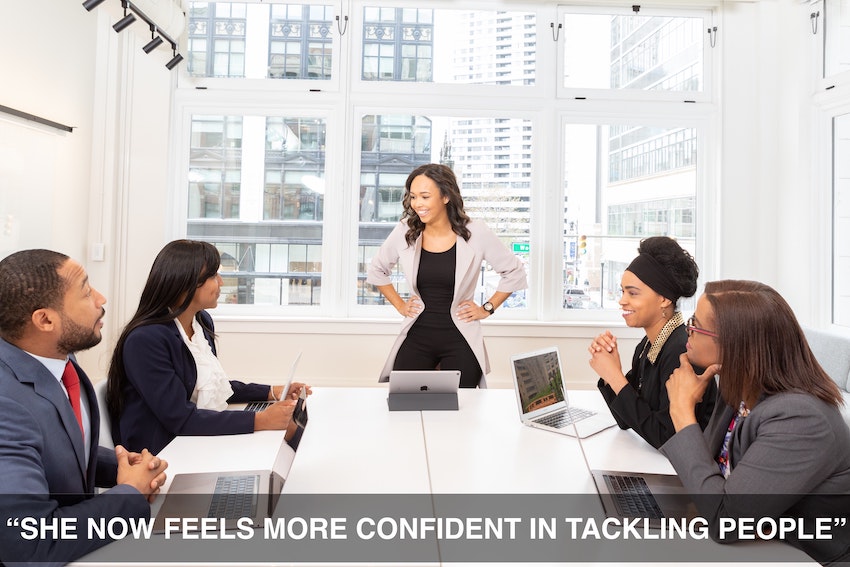
The Power of Apologising in Conflict Resolution
Saying sorry in conflict situations shows you understand and regret your part in the problem. It's a strong move, not a sign of weakness. Apologising can open doors to solving unresolved conflicts.
It helps everyone feel heard and valued. This step is key in building trust again.
A good apology focuses on what you did wrong, without blaming others. It makes it easier for people to move past anger and hurt feelings. An apology can turn a disagreement into a chance for growth and better understanding between parties involved.
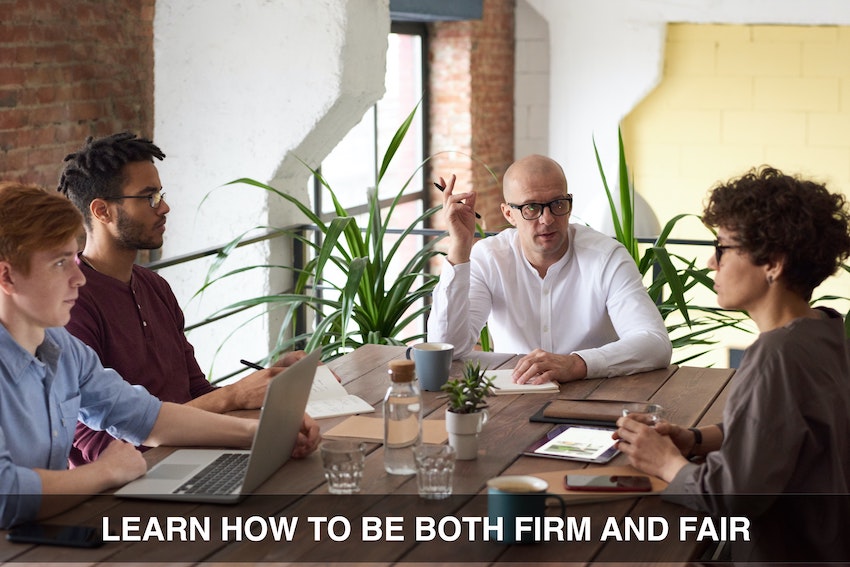
Challenges in Practising Empathy in Conflict Resolution
Practising empathy in resolving conflicts isn't always easy. It can leave you feeling tired and lead to misunderstandings.
Emotional Drain
Using empathy in conflict resolution can make you feel tired. It takes a lot of energy to understand and share others' feelings. Sometimes, this can leave you feeling drained and in need of a break.
Feeling worn out is normal when solving problems with empathy. You are working hard to see things from another's view and manage strong emotions. This effort can be exhausting but is key for resolving conflicts well.
Misinterpretation
Sometimes, even with the best intentions, empathy in conflict resolution leads to misinterpretation. This happens when one party misunderstands what the other is saying or feeling.
Misinterpretations can make conflicts worse, not better. They throw a wrench in problem-solving efforts and can lead to more frustration.
However, if you are able to keep a generous spirit, and can give the other person the benefit of the doubt when you're empathsing they are less likely to object if your empathy is not accurate. For example, if you suggest. "I imagine you're worried about such-and-such, because you'll miss an important deadline if there is a delay", and this is not correct. Then they're more likely to respond with something along the lines of, "It's not so much the delay that bothers me, it's more that the client might complain."

Tips for Practising Empathy in Conflict Resolution
Getting better at resolving conflicts with empathy starts with small steps. First, try to see things from the other person's view and share your feelings without blame.
Overcoming Biases and Stereotypes
Overcoming biases and stereotypes is key in practising empathy during conflicts. It starts with recognising our own prejudices. This might seem tough, but it's essential for fair conversations.
We need to see the person, not just our idea of them. That means putting aside assumptions about who they are based on their job, how they look, or where they come from.
Next step? Listen more than you talk. Active listening shows you care about what the other person feels and thinks. This builds trust and makes solving problems easier together. Always remember that each story has two sides - trying to understand both helps a lot.
Creating a Safe and Supportive Environment
Creating a safe and supportive environment is key to resolving conflict more effectively. It means making sure everyone feels heard and valued. This involves setting up ground rules that respect all involved parties.
Everyone should feel free to share their thoughts without fear of being judged or dismissed.
To achieve this, HR departments often play a critical role. They can set the tone for open communication and ensure co-workers understand the importance of empathy. By fostering an atmosphere where people listen actively and respect each other's views, finding common ground becomes easier.
Such an approach paves the way for problem solving together.

The Role of Empathy in Preventing Conflict
Empathy helps us understand others better. This can stop fights before they start.
Building Understanding and Tolerance
Building understanding and tolerance plays a key role in preventing conflict. It's all about getting people to see things from another's viewpoint. This approach helps break down barriers between individuals or groups.
Think of it as building bridges instead of walls. By focusing on common ground, everyone starts to appreciate the value of different perspectives.
This method also makes communication better. People become more open and willing to share their thoughts and feelings. Tolerance means accepting that others might have different views or ways of doing things.
This acceptance paves the way for more peaceful interactions and solutions that work for everyone involved.
Improving Communication
Once we start to build understanding and tolerance, improving communication naturally follows. Good talk makes conflict easier to solve. It lets us share thoughts without fighting.
We learn different ways to say things—kind words, soft tones, and even our body language matter. These small changes make a big difference.
To really get better at talking during tough times, we need clear messages and open ears. This means saying what you mean in a simple way and listening well to others. Respect is key—seeing each other as teammates, not enemies, helps everyone feel heard and valued.
Simple steps like these turn rough chats into helpful talks that fix problems.
Navigating Cultural Differences
Dealing with cultural differences is a key part of avoiding conflict. People from various backgrounds might view things differently. This can lead to misunderstandings if not handled well.
Empathy helps here by allowing us to see things from another's point of view. We learn about their culture and why they think or act in certain ways.
Building tolerance and improving communication are crucial. By understanding each other better, we avoid making quick judgments based on stereotypes or biases. This makes our interactions smoother and more positive, helping everyone get along better in both personal and professional settings.
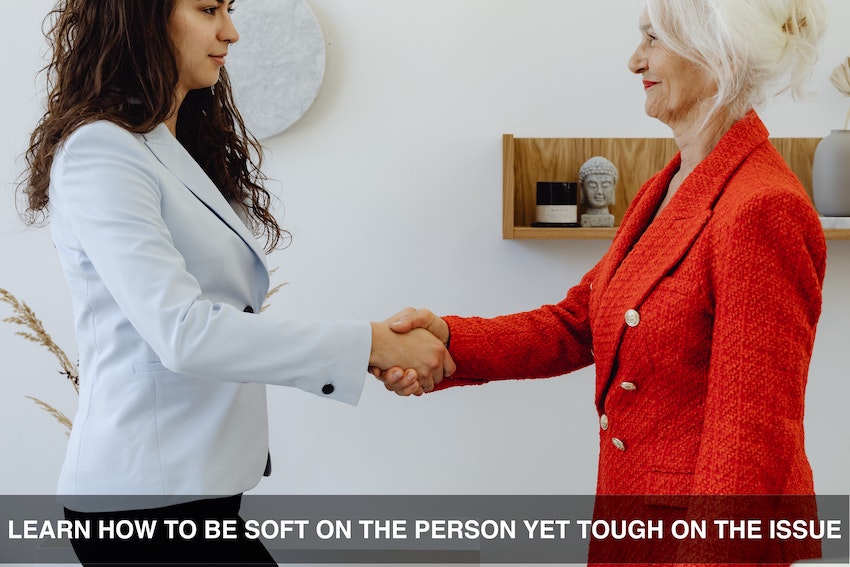
Incorporating Empathy into Conflict Management Training
Training in conflict resolution needs to include empathy. This helps everyone understand each other better and solve problems faster. Teach people how to really listen and see things from someone else's point of view.
This makes the workplace nicer for everyone.
Adding games and role-play into training can show how empathy works in real life. People get to practice being kind and understanding before a real problem happens. This way, they're ready to use empathy in tough times at work, making it easier for everyone to get along.
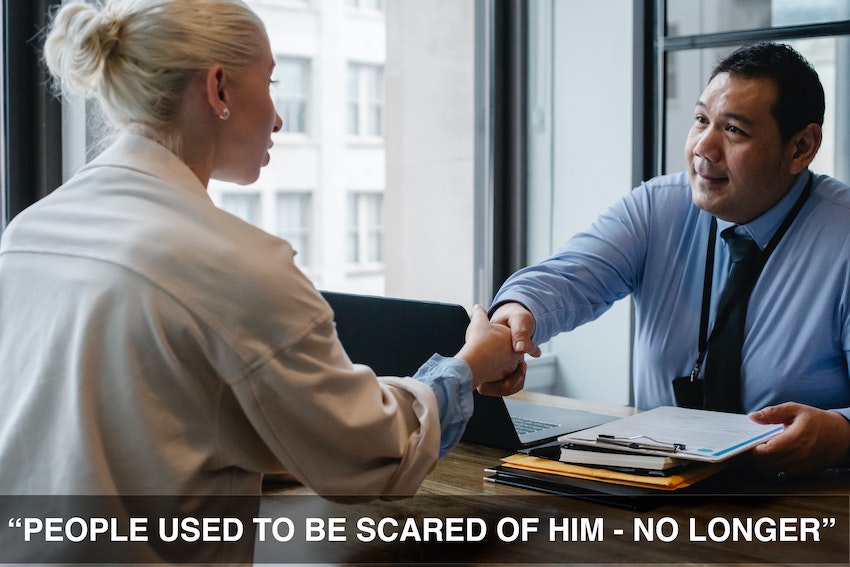
Resolving Conflict More Effectively Through Empathy - Conclusion
Empathy shines as a key tool in sorting out conflicts. It's about seeing things from the other person's view and truly hearing them out. This approach can turn a tense chat into a moment of connection.
Trust grows, and solutions become clearer when we listen with empathy. So, why not give it a try? Empathy could be the magic touch your conflict resolution needs.
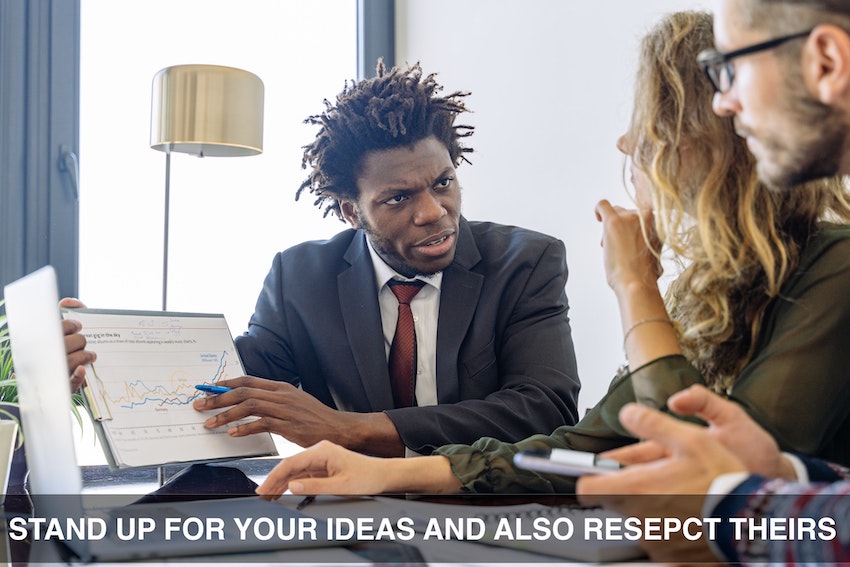
Resolving Conflict More Effectively Through Empathy FAQs
1. What does it mean to resolve conflict with empathy?
Resolving conflict with empathy means understanding each other's feelings and viewpoints, aiming to identify solutions that consider everyone's well-being.
2. Why is empathy important in resolving workplace conflicts?
Empathy helps see beyond personal views and understand co-workers' perspectives, leading to better decision-making and a happier workplace.
3. Can learning about empathy improve my conflict resolution skills?
Yes! Conflict resolution training that focuses on empathy can teach you how to approach disagreements more effectively, helping you become an effective leader.
4. How do I use empathy when two parties disagree strongly?
Start by listening carefully to both sides, showing you understand their feelings and concerns. This can help find the root cause of the issue and work towards a solution that respects everyone involved.
5. What should I do after resolving a conflict with empathy?
Always follow up! Check in with those involved to ensure the solution is working and adjust if needed. This shows care for their continued well-being.
6. How can I effectively apply conflict resolution strategies to handle personality clashes in a professional setting?
To effectively address personality clashes in a professional setting, adopting empathetic conflict resolution strategies is key. When two or more parties experience workplace conflict, it's crucial to engage with a clear understanding of each team member's perspective. By implementing five conflict resolution strategies, such as active listening and developing a mutual understanding, you can navigate personality clashes with greater ease. These strategies emphasise the importance of recognising and valuing the communication styles of each party involved. For instance, understanding the other party's viewpoint and validating their feelings can help avoid conflict escalation. The HR department can play a significant role in facilitating these strategies, ensuring that every team member feels heard and understood. The key takeaways for resolving conflict in the workplace include establishing a sense of mutual respect and working towards a solution that aligns with everyone's career goals. When conflict is resolved with empathy and a significant impact is made on team dynamics, it fosters a positive work environment where professional growth and collaboration thrive.
7. Why is conflict resolution important in achieving career goals and maintaining a positive work environment?
Conflict resolution is important in the workplace because it directly impacts team cohesion and individual career goals. Effective conflict resolution strategies ensure that workplace conflict, including misunderstandings and personality clashes, is resolved in a manner that promotes a professional setting and positive outcomes. By addressing conflict head-on with empathy and a clear understanding of each team member's viewpoints, two or more parties can find common ground and move forward. Utilising five strategies for conflict resolution, such as open communication and acknowledging the needs of the other party, helps in avoiding conflict and minimising its impact on the work environment. The HR department plays a crucial role in implementing these strategies, guiding team members towards a resolved situation that benefits all parties involved. The key takeaways from successfully managing conflict in the workplace include the significant impact on maintaining a healthy, productive environment and the sense of achievement and satisfaction among employees. This, in turn, supports the career goals of each individual, contributing to the overall success of the organisation.






















